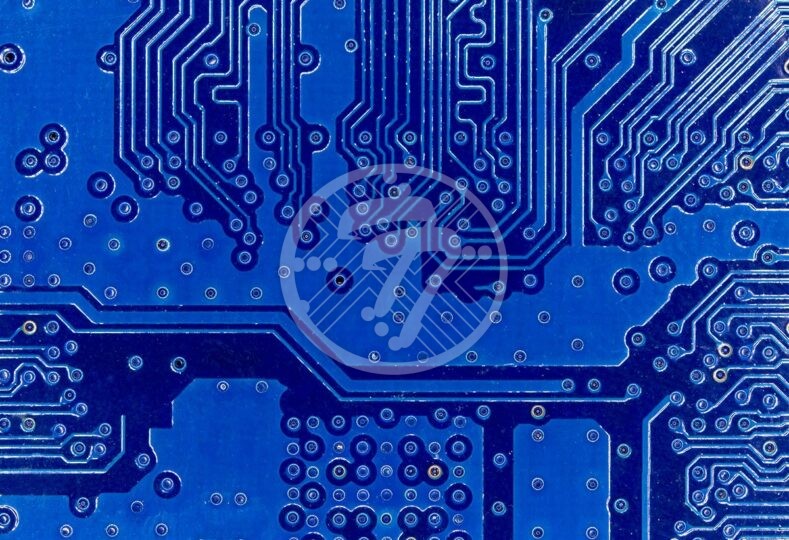Top Myths and Facts about PCB Prototyping and Assembly

With our electronic equipment increasingly becoming smaller, PCB prototyping is increasingly becoming more and more complex. Here are some common PCB prototyping and assembly myths, suitably debunked. A knowledge of these myths and the associated facts will help you overcome the common pitfalls from associated with PCB layouts and assembly.
Top PCB Myths and Facts about PCB Prototyping and Assembly:
Components can be arranged anywhere on the board – This is not true, as each component has to be placed at a specific position to achieve a functional PCB Assembly.
Power delivery does not play an important role – On the contrary, power delivery has an intrinsic role to play in any prototype PCB. The delivery of the right current in fact has to be taken into account to ensure optimal performance.
All PCBs are largely identical – While the basic components of a PCB are the same, the fabrication and assembly of a PCB is dependent on what it is being used for. You need to engineer the physical design, and many other factors basis the use the PCB is being put to.
PCB layout for both prototyping as well as production are identical – The fact however is that in creating prototype, you can opt for through-hole parts. When it comes to actual production, however, surface mount parts are typically used as through hole parts can turn out to be expensive.
All designs adhere to Standard DRC settings – While you may be able to design a PCB, a manufacturer may not be able build it. It is therefore important that a design for manufacturability analysis is done by the manufacturer, before actually manufacturing the PCB. You may need to make some changes in design to suit the manufacturer as also to ensure that you build a product that is cost effective. This is important so that the final product does not have any design flaws that can cost you dearly.
An efficient use of space can be made by grouping similar parts – Grouping similar parts has to be done keeping into account any unnecessary routing as also taking into account the distance the signal needs to travel. Also parts have to be places logically and not just in a bid to optimize space, in order to ensure their proper functioning.
All parts published in a library are good for the layout – The fact is that ever so often discrepancies may exist when it comes to the component and the datasheet. It could be something as basic as a mismatch in size, which in turn can impact your project. It is therefore important for you to re confirm that the part matches the datasheet in every way.
Auto routing of layouts leads to optimization of time and money – While ideally it should do so, auto routing sometimes results in a poor design. A better idea is to route the clocks, critical nets etc. and then run an auto router.
If the design passes DRC checks, it is fine – While DRC checks is a good start point, it is important to know that they are not a substitute for engineering best practices.
Minimum trace widths are sufficient – Trace widths are dependent on a number of factors including the current load. You need to therefore ensure that the traces are large enough to carry the current. The use of a trace width calculator, is highly recommended to determine that you are adequately prepared.
Exporting Gerber files and placing the PCB order is the final step – It is important to know that there could be loopholes in the Gerber extraction process. It is imperative, therefore, that you verify the output Gerber files. Check out the guide on how to avoid Gerber file problems during PCB manufacturing process.
Being aware of the myths and the facts in the PCB layout and assembly process will ensure that you can minimize the many pain points and accelerate the time to market. Being aware of these factors will also help you keep the costs optimal as the need for continued troubleshooting is minimized.
Technotronix is one of the leader in providing high quality and defect free PCB prototyping and PCB assembly as per customer specification. With our four decades of experience, you can rest assured that we are cognizant of the industry best practices and will keep you ahead of the curve. Feel free to contact us or you can also drop an email to us at [email protected].






